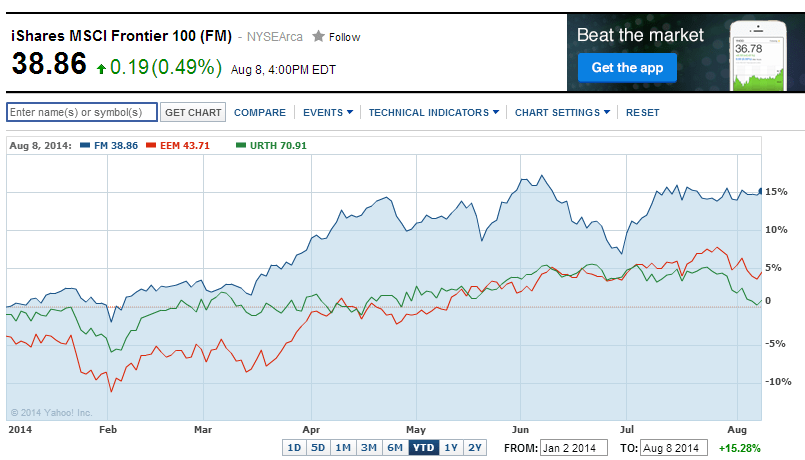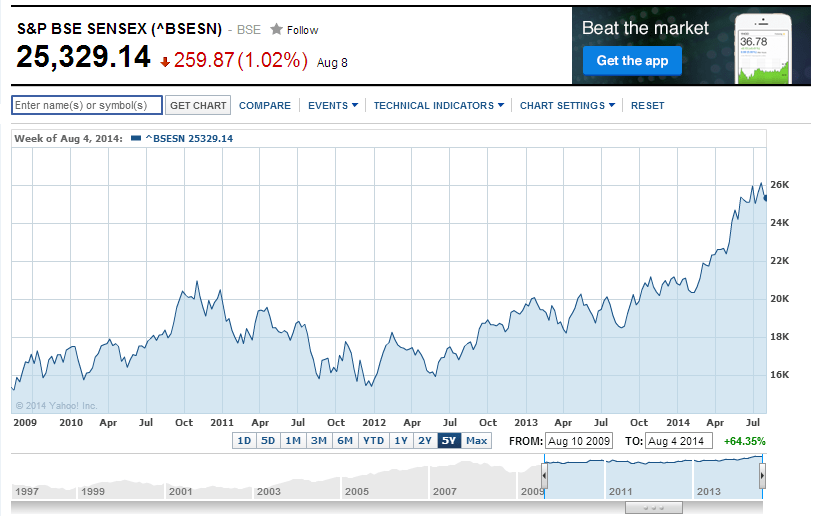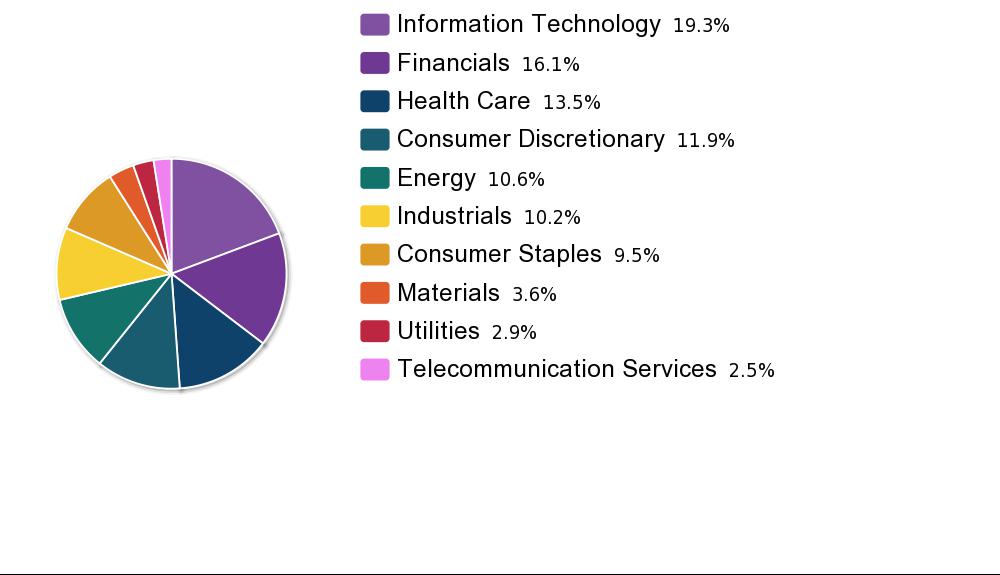In an earlier article on South Korea stocks I have suggested that investors avoid them. This month the South Korean government announced tax policies that may force companies to spend their cash piles. Some companies may decide to pay increase their dividend payouts as a result of this policy change. In addition the government announced a stimulus package of $40.0 billion to stimulate the stagnant economy.
From an article in FT beyondbrics blog:
Investors are hopeful that the policy will help boost corporate dividends and resolve the so-called Korea discount, because low dividend yields have been seen as one of the biggest factors behind the low valuations of many Korean companies. The Kospi’s price-to-book ratio of 1.07 is about 48 per cent cheaper than that of the MSCI All-country World Index.
“Dividends have become an important factor for investors to consider because many Korean companies are no longer growing as fast as they used to,” said Oh Sung-sik, a fund manager at Franklin Templeton Investment. “If they have to pay additional taxes for future profits, many companies will opt for higher dividends rather than higher taxes.”
Big Korean companies including Samsung Electronics are facing growing pressure from investors to raise their dividends. The country’s dividend payout ratio stood at just 21.1 per cent of net income last year, compared with 34.6 per cent in the US, Japan’s 30.1 per cent and the world average of 40.2 per cent, according to data from Korea Exchange and KDB Securities.
Source: South Korea’s stock market on a roll as investors gripped by dividend fever, Aug 1, 2014, FT beyondbrics
Even after this announcement Samsung Electronics decided not to increase its interim dividend dashing investors hopes.
After reaching a recent peak of 2,093 the KOSPI Composite Index closed at 2,031 on Friday.
Korean companies have been traditionally stingy in paying out dividends to shareholders. As of Aug 6, the dividend yield for Korea was just 1.1% compared to around 2.4% for the S&P 500 according to FT market data. Many European markets have dividend yields much higher.
In summary it is better for investors to wait and see how companies react to the latest tax policy change. If companies decide to raise their dividend payouts then may be worth considering Korean equities.
The complete list of Korea ADRs trading on the US markets can be found here.
Related ETF:
- iShares MSCI South Korea Capped (EWY)
Disclosure: No Positions



